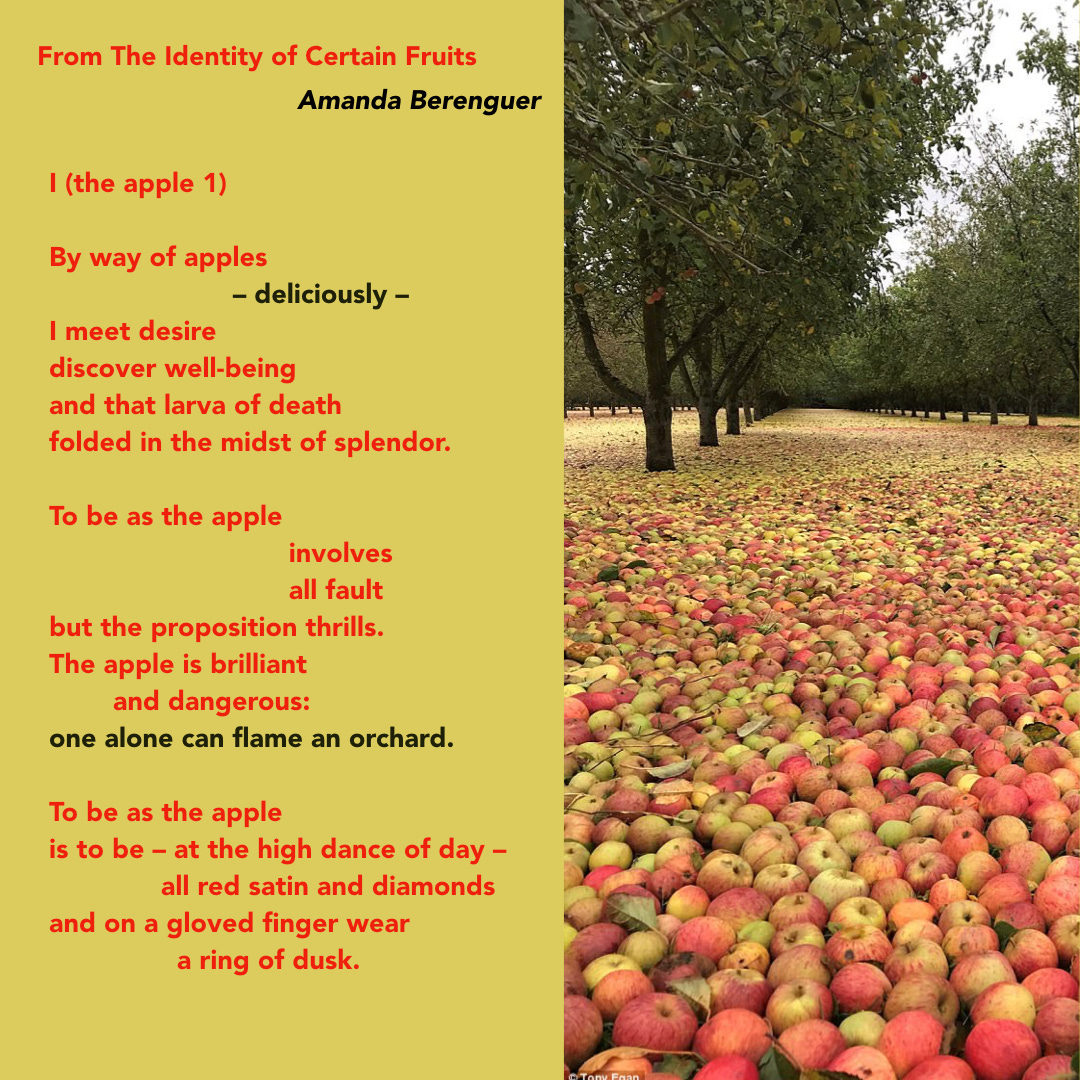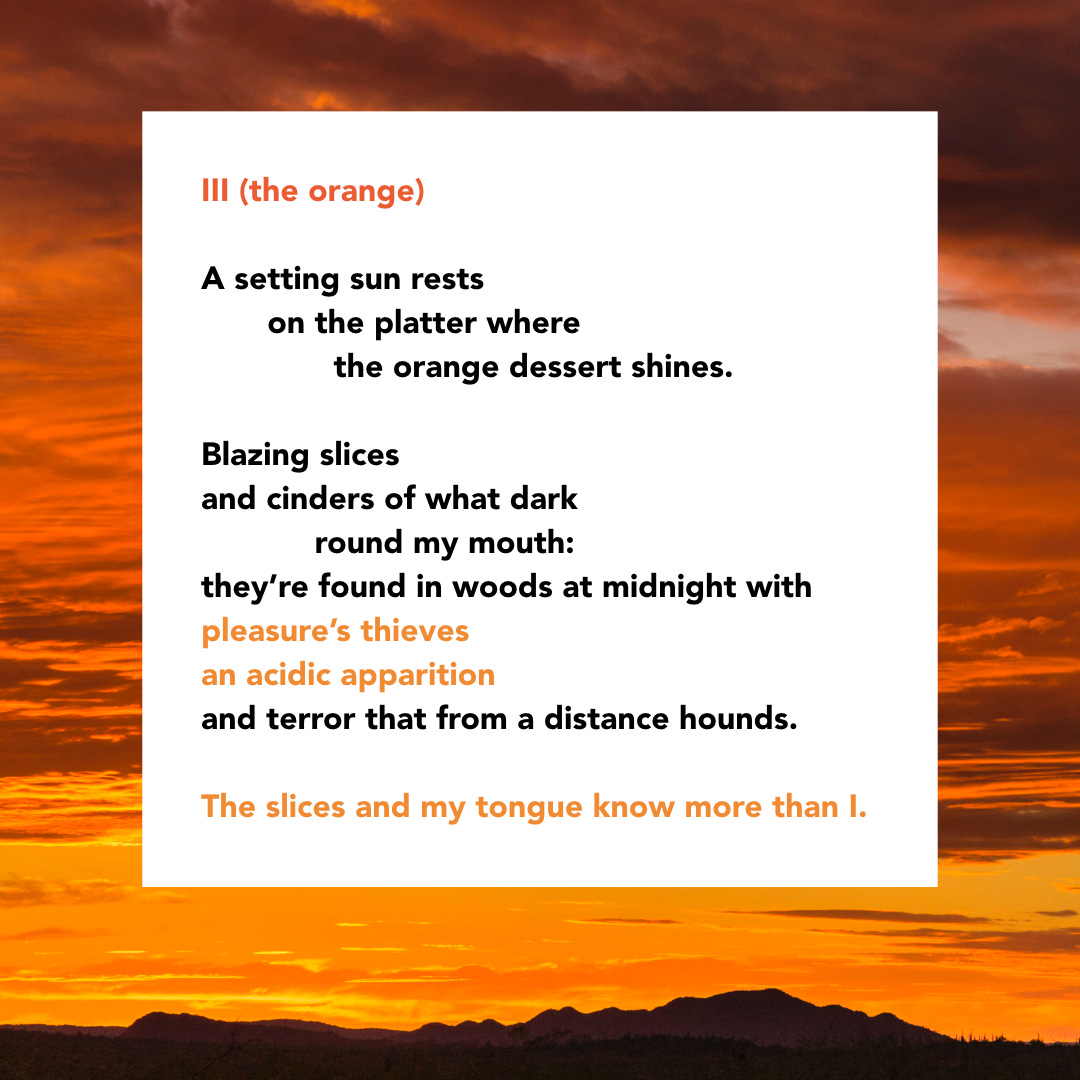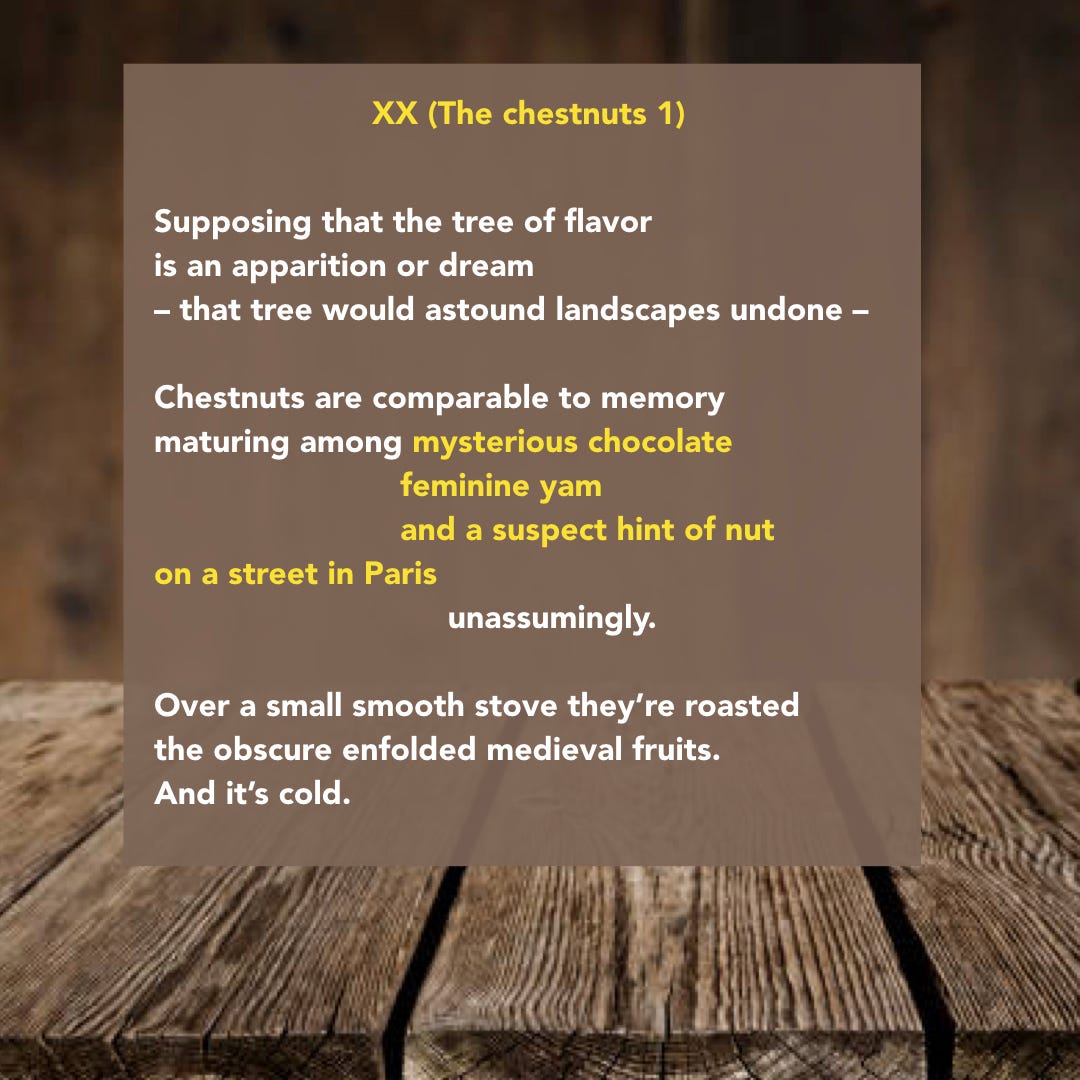


When I first came across the poetry of the Urugayan poet Amanda Berenguer in Almost Island (a fascinating journal of contemporary poetry), I thought how this particular set of poems echoed Neruda’s famous odes, a sentiment that the translators of the definitive English language anthology of her poetry affirm. But they also talk about another thing I find rare in artists:
The marvelous thing about Berenguer, and there are very few poets like her in this regard, is how “radically unlike” herself she is from book to book. Each book from which we selected for the Materia Prima gathering is as if written by a wholly different author.
This dramatic shift in timbre and rhythm, nevertheless, marks an intensity of expression, and a distinct perspective that draws the reader in to the poet’s imagination. These poems that I have share today (translated from the Spanish by Anna Deeny Morales) are marked by a synaesthetic splendour that personifies emotion and turns images into an evocative landscape that surrounds the world of the poem.
It is as if Berenguer places a hole at the centre of a granite face, and gently chisels away around that void, create a tapestery of sights, sounds and smells. By the end of her careful craft, like the architect of mise-en-scene or an art director, she steps back, and suddenly we see that what was at the centre was not a void at all, but an indispensable core of the entire sensorium.


